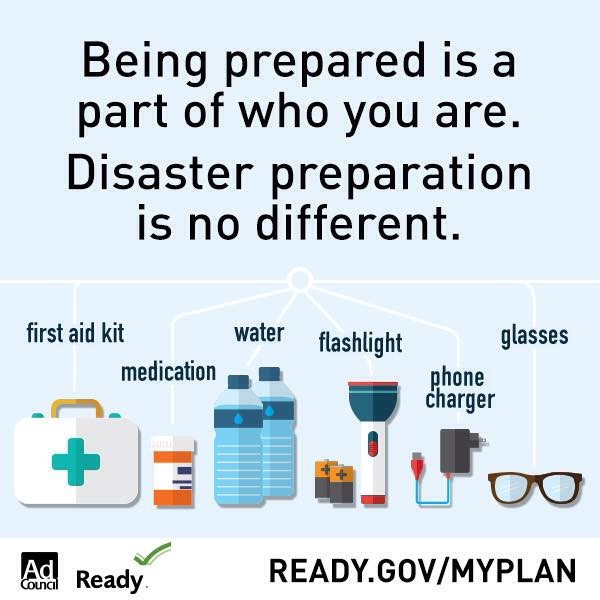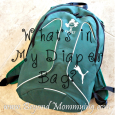Living in South Florida, hurricane preparation is not something I take lightly, especially with three little ones to worry about. Hubby and I like to be prepared at all times just in case. You never know when a storm might pop up and you can’t always count on being able to get out and buy the supplies you need at the last minute.
We not only keep necessary supplies around (you can download a full list at Ready.gov) but we also have a plan for what we will do in the event of a storm.
For big storms, evacuation is ideal, of course. We plan to load the kids and kitties into our cars along with necessities like clothes, diapers and food as well as our irreplaceable items like family photos, heirlooms and other priceless items.
For smaller storms that we expect to be able to wait out at home, it’s important to have a plan in case of power outages or loss of water. For these storms we have the following plan:
- Keep plenty of bottled water and canned/non-perishable food for the whole family around (we also keep some milk jugs filled with water in our large chest freezer not only to take up the extra room but also for having for cooking/drinking if necessary during a storm)
- Always have a full propane tank for our gas grill for heating/cooking food as well as boiling water for drinking
- In the event of a storm, fill all the bathtubs up with water for flushing the toilets and cleaning/bathing as necessary (and consuming after boiling if necessary)
- In the event of a power outage, quickly move all necessary/highly perishable food items (like milk for the kids) to a cooler with ice or our small beverage fridge if we can get to a neighbor’s power source
- And quickly move all other cold/frozen food into the freezers and leave them shut (every time you open a door, you let some cold out that won’t be replenished if the power is out)
- Keep around plenty of flashlights, extra batteries and a weather radio (ours is crank powered, just in case)
- If a storm is coming, fill up the cars and get extra gas. Since gas is often limited after a storm or during an evacuation, we don’t want to be left without enough to get where we need to go
- Use one phone at a time. If the power goes out we may be unable to charge our phones so we plan to shut down all our phones/devices except one. Then we will use that one until the battery is exhausted and then turn back on the next one. If somehow all our devices run out of battery power, we can always do a short charge in the car if necessary.
We also receive Weather Emergency Alerts from FEMA which alerts us on our mobile phones of extreme weather and other emergency. This is an important service for everyone, not just those living in coastal areas as alerts are issued for Tsunamis, Tornados, Flash Floods, Hurricanes, Typhoons, Dust Storms and Extreme Wind (as well as AMBER alerts). The alerts are automatic, no need to sign up but you can learn more here.
When it comes to hurricanes and other extreme weather, you can never be too prepared. For more information on hurricane preparedness and being ready for other natural disasters, check out these resources:
- Learn how to create evacuation and emergency communication plans: Ready.gov/make-a-
plan - Download printable family communications plans for your children here: Ready.gov/
kids/make-a-plan - Information about natural disasters in your area: Ready.gov/Prepare has information about natural disasters including Hurricanes, Floods, Earthquakes, Tornados, Wildfires and Winter Storms as well as tips about how to prepare.
- If you have a disability or other special considerations: visit Ready.gov/myplan





